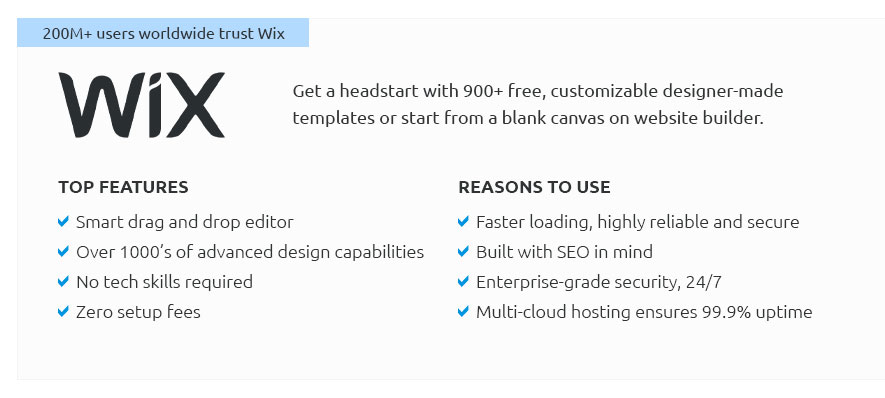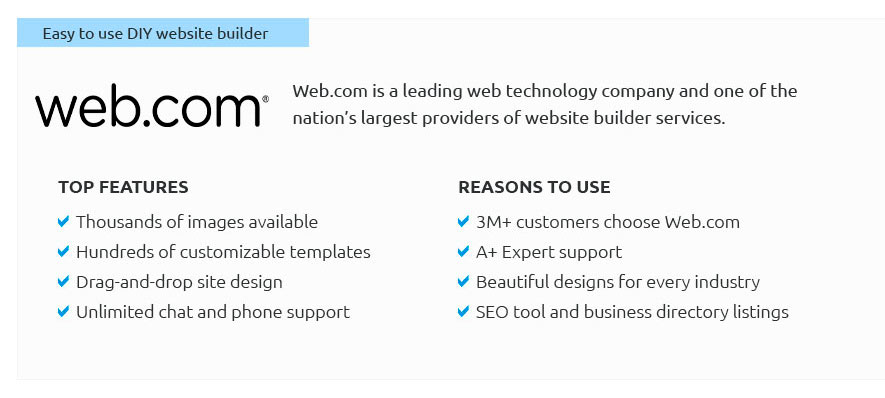 |
 |
 |
 |
|
 |
 |
 |
|
 |
|
 |
 |
|
 |
|
 |
|
 |
 |
How to Make Your Own Website: A Comprehensive GuideIn today's digital age, crafting your own website is not just a technological feat but an artistic endeavor as well. The journey of creating a website is akin to painting on a blank canvas, where the possibilities are only limited by your imagination and dedication. Whether you're building a portfolio to showcase your work, starting a blog to share your thoughts, or launching an online store to sell products, having a personalized space on the internet can be immensely rewarding. Starting the Journey: Choosing a Platform First and foremost, you must decide on the platform you'll use to build your website. There are numerous options available, ranging from beginner-friendly website builders like Wix, Squarespace, and Weebly, to more complex content management systems such as WordPress. If you're inclined towards more technical details, you might consider learning HTML, CSS, and JavaScript to hand-code your site. Each platform comes with its own set of features, templates, and levels of customization, so it's crucial to select one that aligns with your needs and technical expertise. Crafting the Design: Aesthetic Meets Functionality Once you've settled on a platform, the next step is to focus on the design. This is where creativity takes center stage. A well-designed website is not only visually appealing but also user-friendly and functional. Consider the color scheme, typography, and layout that best reflect your brand or personal style. Remember, first impressions matter; a cluttered or confusing design can drive visitors away before they even get a chance to explore your content. Utilize templates as a foundation and customize them to suit your vision. Content is King No matter how visually stunning your website is, it's the content that will keep your audience engaged and coming back for more. Take the time to craft quality, relevant, and engaging content that resonates with your target audience. Whether it's through blog posts, product descriptions, or multimedia elements, ensure that your content is well-organized and easy to navigate. Regular updates and fresh content are crucial in maintaining interest and improving your site's search engine ranking. SEO and Optimization: The Technical Backbone Search engine optimization (SEO) is a critical component of website building that should not be overlooked. By optimizing your site for search engines, you increase the chances of appearing in search results, driving organic traffic to your site. Utilize keywords strategically, ensure your site is mobile-friendly, and improve loading times to enhance user experience. Additionally, consider implementing analytics tools to monitor your site's performance and make data-driven decisions. The Final Touches: Launch and Maintenance Before you hit the publish button, conduct thorough testing to ensure that all links work, pages load correctly, and your site is responsive across different devices. Once you're satisfied, it's time to launch your website into the digital realm. However, the work doesn't end there. Regular maintenance is essential to keep your site running smoothly. Update content, check for broken links, and stay informed about the latest web trends and security practices. In Conclusion, creating your own website is an exciting and rewarding endeavor that blends creativity with technical skill. While the process can seem daunting at first, with the right tools and mindset, anyone can build a professional-looking site that reflects their unique voice and purpose. Embrace the journey, and who knows, you might just discover a new passion along the way. https://www.webnode.com/
Make your own website for free! - Why choose Webnode - The easiest way to start a website - Design that makes you stand out - Build a website fast using artificial ... https://www.shopify.com/website/builder
Build your own website in a few steps - 1. Plan your business - 2. Pick your platform - 3. Customize your website - 4. Launch your store. https://webflow.com/
As the first-ever website experience platform, Webflow lets marketers, designers, and developers come together to build, manage, ...
|